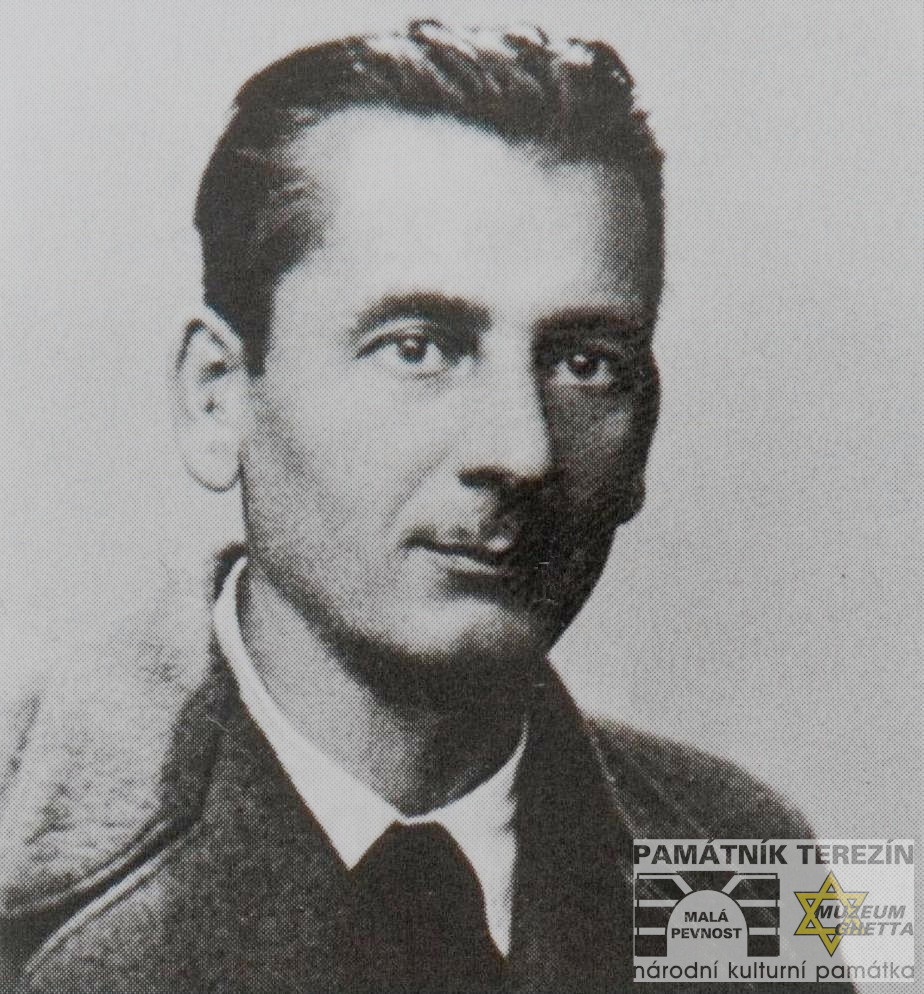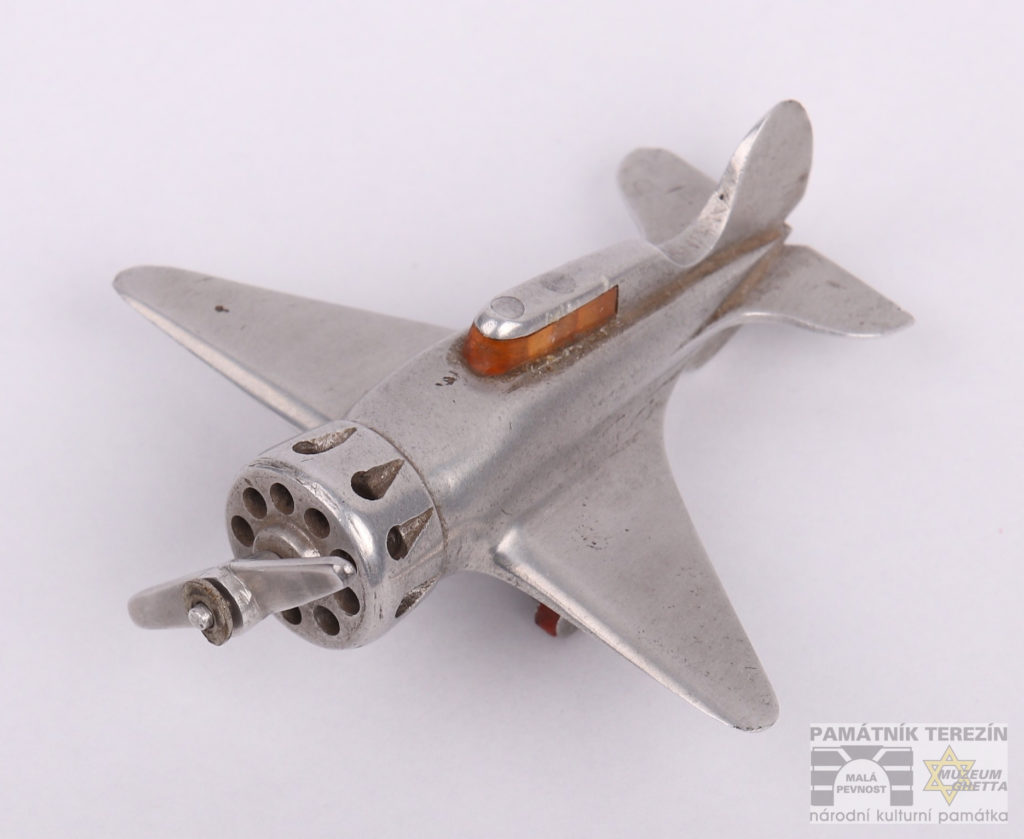An aluminum scale model of the Soviet fighter aircraft Polikarpov I-16 stands out as a unique exhibit in the collections of the Terezín Memorial. It was made in the workshops of the Gestapo Police Prison in Terezín´s Small Fortress by inmates Josef Formánek and Emil Král, possibly as a gift for Formánek´s sons Leoš and Josef that, however, failed to be smuggled out of the jail. Josef Bernard, another former inmate of the Small Fortress, donated the model to the Terezín Memorial in 1970.

Born in Litomyšl on April 4, 1902, Josef Formánek was apprenticed as a fitter. He joined the Communist Party of Czechoslovakia in 1934, holding different posts in the party. In 1937, the Communist Party won him over for enlisting as a member of the International Brigades which fought on the side of the Spanish Republican Army against General Franco´s insurgents. Formánek arrived in Spain in September 1937, fighting at various fronts, initially in the infantry ranks, later he was detailed to the Klement Gottwald anti-aircraft battery, made up mostly of Czechs and Slovaks. As an anti-aircraft artilleryman he had to know really well own and enemy aircraft, including the Polikarpov I-16 fighter planes. These efficient low-wing monoplane fighters, purchased by the Spanish government in the Soviet Union, first engaged in fighting in November 1936. The Republican side dubbed the plane Mosca (Fly), while the Nationalists gave it the pejorative nickname Rata (Rat). After the defeat of the Republican forces in Catalonia in February 1939, Formánek crossed into France where he was interned, together with thousands of other members of the International Brigades, in a reception camp at Argelès-sur-Mer, later in the Gurs detention camp. Helped by the French Communists, he fled to Marseilles where he worked for some time as a laborer. After the outbreak of World War II, he enlisted in the Czechoslovak Army in France which was forming itself in the southern French town of Agde.

Polikarpov I-16 in Spanish Republican insignia. (Source: https://commons.wikimedia.org/wiki/Category:Polikarpov_I-16_at_Museo_del_Aire#/media/File:Polikarpov_I-16_with_spanish_republican_markings.jpg) 
Scale model of a Polikarpov fighter plane, built in the workshops in the Small Fortress Prison, Terezín Memorial.
Following the defeat of France, Josef Formánek decided to go back to his Nazi-occupied country and in April 1941 he and Antonín Kalousek, another member of the International Brigades from Ústí nad Orlicí, returned to East Bohemia. Formánek met his family in Litomyšl and soon afterwards went underground as the Gestapo was hunting him. First he went into hiding in the Litomyšl district, later in various places in northeastern Bohemia where he and Josefa Fajmonová (1911-1943) led the underground organization of the Communist Party of Czechoslovakia in the entire Hradec Králové region. When Fajmonová left the region in the summer of 1942 the communist-led resistance in the region was organized by Josef Formánek and railway man Bohumil Říčař (1896-1944). They established close contacts with the non-communist resistance network, primarily with the organization Národní odboj – Jitřenka (National Resistance – Morning Star).
Josef Formánek found his last hiding in the apartment of Anna Severinová in Dvůr Králové. On March 27, 1943, he was lured out of the flat by a Gestapo informer to a meeting and was detained. He proved to be a key figure for the Nazi secret police. Subjected to cruel interrogations in the Gestapo police station in Hradec Králové, he was then sent to the Gestapo Police Prison in the Small Fortress in Terezín on August 9, 1943. As a skilled locksmith he was assigned to work in the prison workshops. After a time, he was sent to Prague´s Pankrác Prison and on February 4, 1944 he was returned to Terezín. On March 2, 1944, he was moved from the Small Fortress to a remand prison in Bautzen and then to Dresden where a People´s Court sentenced him to death on May 18, 1944. The sentence was executed in a Dresden prison on August 23, 1944.
Tomáš Raichl


